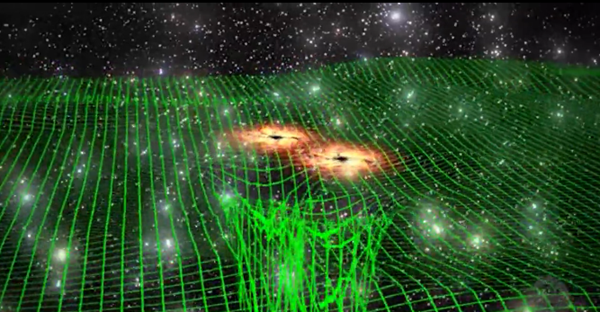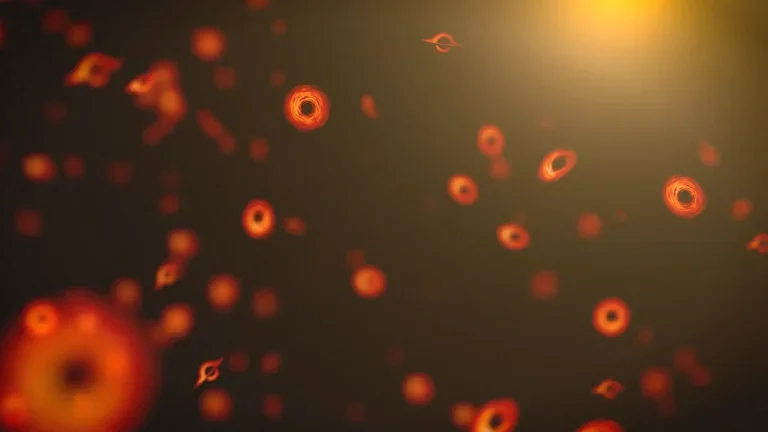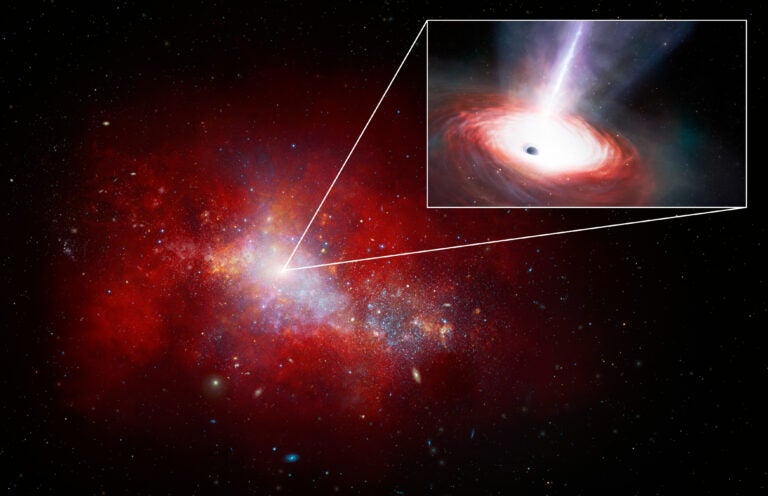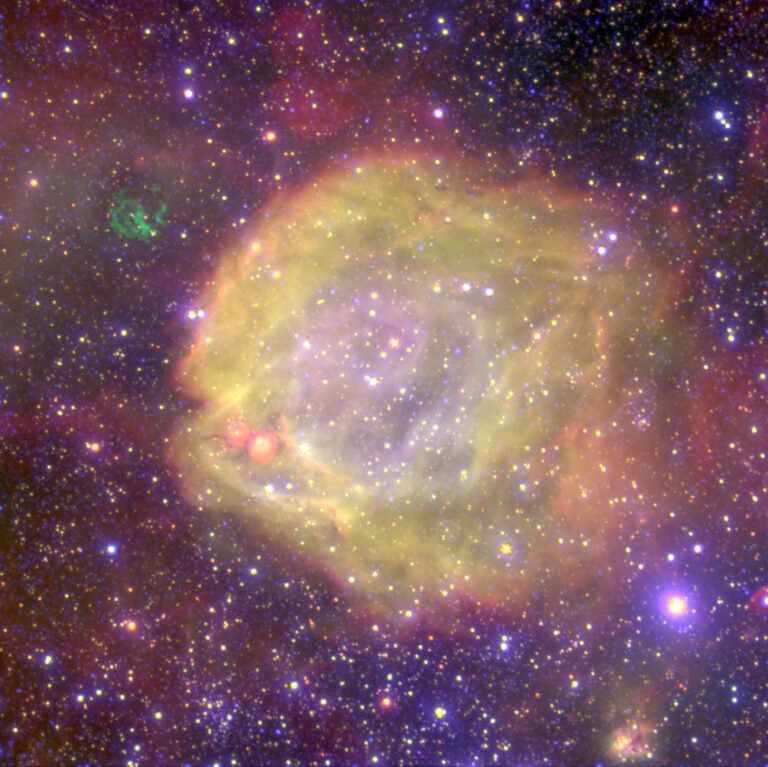For scientists, gravitational waves exert a powerful appeal, as it is believed they carry information allowing us to look back into the very beginnings of the universe. Although there is strong circumstantial evidence for their existence, they have not yet been directly detected.
Using Parkes, the scientists expected to detect a background “rumble” of the waves coming from the merging galaxies throughout the universe, but they weren’t there.
The world’s first such research has caused scientists to think about the universe in a different way.
“In terms of gravitational waves, it seems to be all quiet on the cosmic front. However by pushing our telescopes to the limits required for this sort of cosmic search, we’re moving into new frontiers, forcing ourselves to understand how galaxies and black holes work,” said Ryan Shannon of CSIRO.
The fact that gravitational waves weren’t detected goes against theoretical expectations and throws our current understanding of black holes into question.
Galaxies grow by merging and every large one is thought to have a supermassive black hole at its heart. When two galaxies unite, the black holes are drawn together and form an orbiting pair. At this point, Einstein’s theory is expected to take hold, with the pair predicted to succumb to a death spiral, sending ripples known as gravitational waves through space-time, the very fabric of the universe.
Although Einstein’s general theory of relativity has withstood every test thrown at it by scientists, directly detecting gravitational waves remain the one missing piece of the puzzle.
To look for the waves, Shannon’s team used the Parkes telescope to monitor a set of “millisecond pulsars.” These small stars produce highly regular trains of radio pulses and act like clocks in space. The scientists recorded the arrival times of the pulsar signals to an accuracy of ten billionths of a second.
A gravitational wave passing between Earth and a millisecond pulsar squeezes and stretches space, changing the distance between them by about 33 feet (10 meters) — a tiny fraction of the pulsar’s distance from Earth. This changes, very slightly, the time that the pulsar’s signals arrive on Earth.
The scientists studied their pulsars for 11 years, which should have been long enough to reveal gravitational waves.
So why haven’t they been found? There could be a few reasons, but the scientists suspect it’s because black holes merge very fast, spending little time spiraling together and generating gravitational waves.
“There could be gas surrounding the black holes that creates friction and carries away their energy, letting them come to the clinch quite quickly,” said Paul Lasky from Monash University.
Whatever the explanation, it means that if astronomers want to detect gravitational waves by timing pulsars, they’ll have to record them for many more years.
“There might also be an advantage in going to a higher frequency,” said Lindley Lentati of the University of Cambridge, United Kingdom, a member of the research team who specializes in pulsar-timing techniques. Astronomers will also gain an advantage with the highly sensitive Square Kilometer Array telescope, set to start construction in 2018.
Not finding gravitational waves through pulsar timing has no implications for ground-based gravitational wave detectors such as Advanced Laser Interferometer Gravitational-Wave Observatory, which began its own observations of the universe last week.
“Ground-based detectors are looking for higher-frequency gravitational waves generated by other sources such as coalescing neutron stars,” said Vikram Ravi, a member of the research team from Swinburne University and now at Caltech in Pasadena, California.










